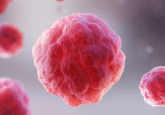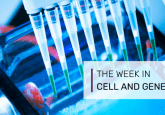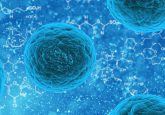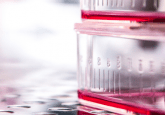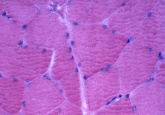Alveolar Krt8+ transitional stem cell state persists in human lung fibrosis
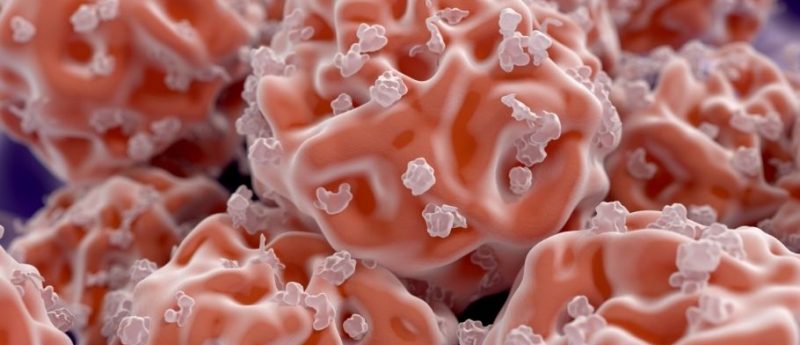
A multi-institutional study investigating the sequences of transcriptional programs during lung regeneration has revealed that airway and alveolar stem cells adopt a unique Krt8+ transitional stem cell state during regeneration. The results, published in Nature Communications, suggest that in lung fibrosis, the disruption of molecular checkpoints on the way to terminal differentiation can cause the cells to remain in a regenerative intermediate state.
Lung disease is a major health burden that accounts for a significant proportion of deaths globally. Injuries to the lung epithelium require a stem cell driven regenerative response, with different, often transient, stem cell populations being engaged depending on the location within the lung and severity of injury.
This study involved a variety of single cell RNA sequencing processes in combination with computational methods to trace cell lineage and analyze the dynamic subcellular systems within the lungs. These tools were leveraged using mouse and human tissue models to investigate gene regulation during epithelial regeneration.
Using whole-lung single cell suspensions, the researchers were able to analyze gene expression dynamics and cell–cell communication for 28 cell types after bleomycin-induced lung injury.
The researchers observed that airway and alveolar cells converged to a Krt8+ transitional stem cell state, which they termed Krt8+ alveolar differentiation intermediate (ADI), that precedes the regeneration of alveolar type-1 pneumocytes (AT1) – cells that form the alveolar surface area.
The authors described in the paper that these ADI cells have squamous morphology, feature p53 and NFkB activation and display transcriptional features of cellular senescence. They also noted that this stem cell state persists in human lung fibrosis, creating a distinct cell–cell communication network with mesenchyme and macrophages during repair.
This discovery sheds new light on previous reports on epithelial–mesenchymal transition, senescence and p53 activation in lung injury, repair and fibrosis.
The researchers propose that the observed terminal differentiation of stem cells into the AT1 state may be a crucial step in the pathogenesis of progressive fibrosis in patients with idiopathic pulmonary fibrosis.
Future therapeutic approaches adopted as a result of these findings may involve programming Krt8+ ADI into AT1 cells in order to avoid self-amplifying feedback loops in lung tissue during disease progression.
Source: Strunz M, Simon LM, Ansari M et al. Alveolar regeneration through a Krt8+ transitional stem cell state that persists in human lung fibrosis. Nat. Commun. doi: 10.1038/s41467-020-17358-3 (2020)
